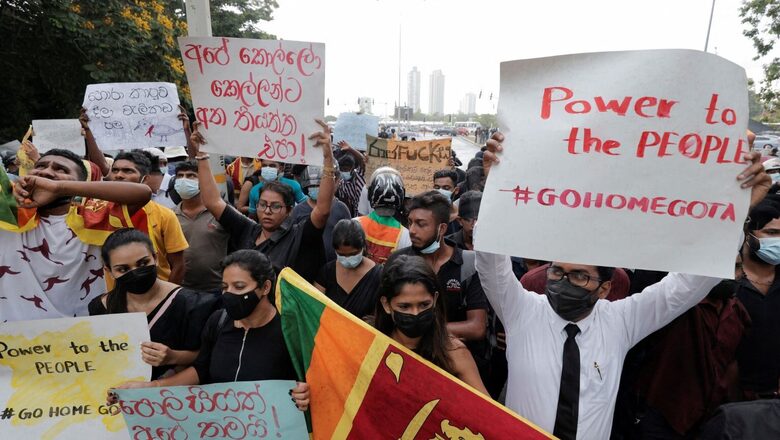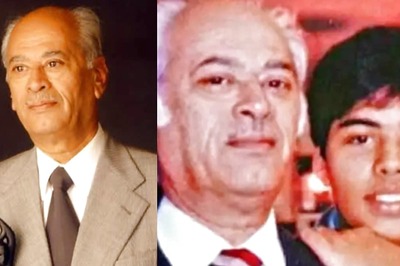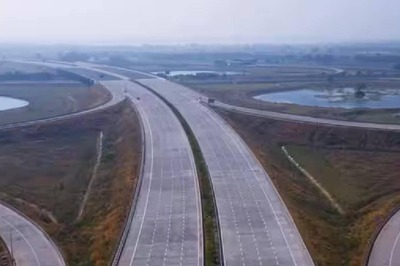
views
Unprecedented shortages of food and fuel along with record inflation and blackouts have inflicted widespread misery in Sri Lanka’s most painful downturn since independence from Britain in 1948. And now, the island nation’s crippling economic crisis may get compounded further as neighbour India’s aid faces hurdles.
India’s $1 billion credit line, and the release of around 1,500 food containers already imported to crisis-hit Sri Lanka, are in peril as some shippers are not willing to accept payment in Indian rupees.
According to the Daily Mirror, the Essential Food Commodities Importers and Traders Association has said that before the credit line can become truly operational, several other formalities need to be completed.
The helping hand
Sri Lankan finance minister Basil Rajapaksa, during a trip to Delhi, clinched a $1 billion line of credit to help tackle the ongoing economic crisis that has severely impacted its energy sector.
After the agreement was inked, Ministry of External Affairs (MEA) Spokesperson Arindam Bagchi said India has always stood with the people of Sri Lanka and will continue to extend all possible support to the country.
Rajapaksa said there are no special conditions for the line of credit. There are no special conditions the repayment will be in three years, Rajapaksa said when asked about the $1 billion line of credit. He said the local importers are now free to import goods from India under the loan facility with the local trade ministry employing a transparent process to facilitate importers.
As part of the line of credit, Indian traders have started loading 40,000 tonnes of rice to send to Sri Lanka.
The Reserve Bank of India has also extended a currency swap of $400 million and deferred payments owed by the Central Bank of Sri Lanka under the Asian Clearance Union worth several hundred million dollars.
The Indian line of credit came a month after Sri Lanka purchased 40,000 metric tonnes of diesel and petrol from India’s oil major Indian Oil Corporation to meet the urgent energy requirements in the economic crisis worsened by depleted foreign reserves. Currently the island nation’s situation is such that long queues prevail for fuel, gas and other essentials as shipments dried due to forex shortages.
What’s the problem with the process?
Trade minister Bandula Gunawardana had said after the agreement was signed that he had issued instructions for cargo to be released under the credit line.
However, some items remain stuck at the port as shippers are insisting on payment in US dollars rather than Indian rupees. “We face this problem in securing the release of items already stuck at the port. We may be able to overcome this problem for future imports,” spokesman of the traders’ association was quoted as saying by Daily Mirror.
Much of the paperwork for suppliers, including some which requires the Indian high commission’s approval, is yet to be done, he added.
Current situation in Lanka
Sri Lanka’s president lost his parliamentary majority Tuesday as former allies urged his resignation following days of street protests over the island nation’s crippling economic crisis.
President Gotabaya Rajapaksa’s once-powerful ruling coalition is in turmoil after a string of defections, capped Tuesday by the new finance minister’s resignation just one day after taking office.
Anti-Rajapaksa demonstrations continued for a fifth straight day, but in a late-night move, the president lifted the state of emergency he had imposed five days earlier to contain protests.
During the five-day period more than 60 people had been arrested in connection with unrest and many have said they were tortured in police custody.
The UN Human Rights Council said it was closely watching the deteriorating situation in Sri Lanka, which is already facing international censure over its human rights record.
Read all the Latest News India and Breaking News here




















Comments
0 comment